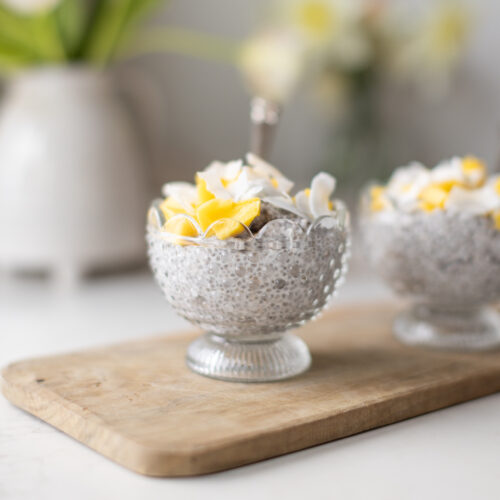Hi again! I’m Aliya, a Pelvic Health Physiotherapist and I’m back on the blog today to bust some pelvic health myths! If you’re new here, be sure to check out my first post for a little pelvic health 101. Today, we are busting 5 pelvic health myths, let’s get right to it!
Myth #1: Kegels are the solution to all pelvic floor issues.
A kegel is a contraction of the pelvic floor muscles. The idea that strengthening these muscles will solve every pelvic floor problem is false. Here’s the thing: many pelvic floor issues such as painful intimacy, leaks, urgency and constipation have more to do with tightness of the pelvic floor muscles than weakness. In fact, strengthening them may exacerbate the problem instead of solving it.
Myth #2: It’s normal to wake up at night to pee.
If you are under 55 years old, waking up in the middle of the night to use the washroom isn’t considered to be “normal”. In fact, it could be a sign of an overactive bladder. If this sounds like you, try to limit your water intake a couple of hours before bedtime and avoid things that commonly irritate your bladder, such as caffeine, alcohol, fizzy drinks and acidic foods.

Myth #3: You need special soap to clean your vagina.
Friends, your vagina is like a self-cleaning oven. Keep the highly scented soaps and douches out of there! Here’s why: cleaning your actual vagina (the vagina is on the inside) with soap can disrupt the natural pH and microbiome, so it’s best to just let her be. You can go ahead and clean your vulva (the vulva is on the outside) with a mild, unscented soap.
Myth #4: A small bladder is why you need to pee so often.
Having to empty your bladder often and with urgency is a sign of an overactive bladder or bad bladder behaviour, not a sign of how large or small your bladder is. Things like going pee “just in case” or visiting the washroom more than 10 times a day can train your bladder to give you more and more signals to empty. Working on increasing your bladder capacity and instilling good bladder behaviours can help fix this issue!
Myth #5: Leaks are normal after having a baby.
Although this is a commonly accepted side effect of having children, any type of leaking is considered to be incontinence – whether you’ve had a baby or not. Leaking after having a child can happen when the muscles surrounding + supporting the urethra (where the urine comes out of) are weakened or stretched during pregnancy + childbirth.
Try this tip: exhale during the hardest part of a movement – for example, when standing up or lifting something heavy. This helps to engage the pelvic floor and the deep core muscles – both of which can help better manage intra abdominal pressure and prevent leaks.

Thanks for busting these common pelvic health myths with me today – I hope you learned something! If you’re looking for more pelvic health information + education, come say hi on Instagram @boxwellnessco. That’s where I spend most of my time – talking all about wellness in + out of your box.
Much love,
Aliya




